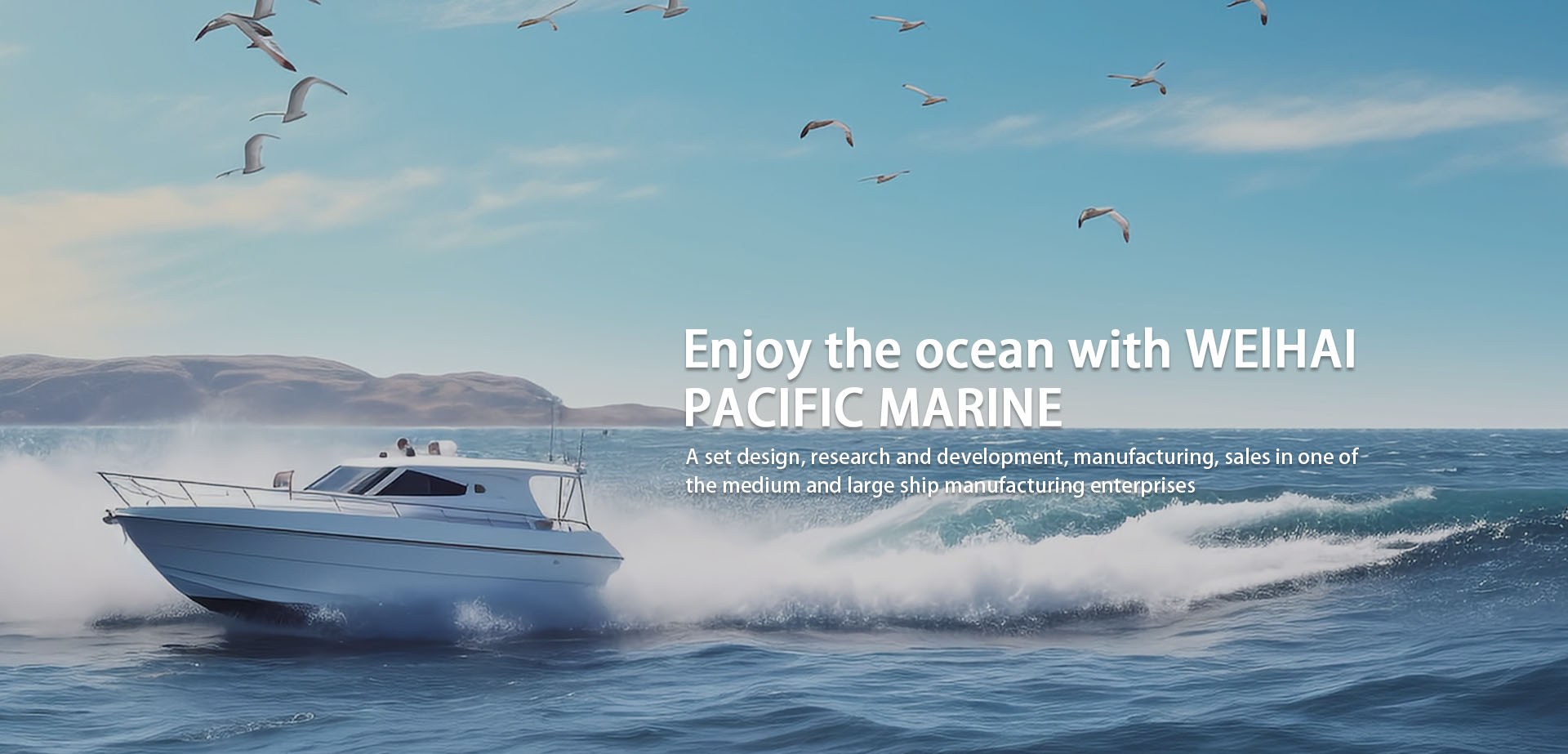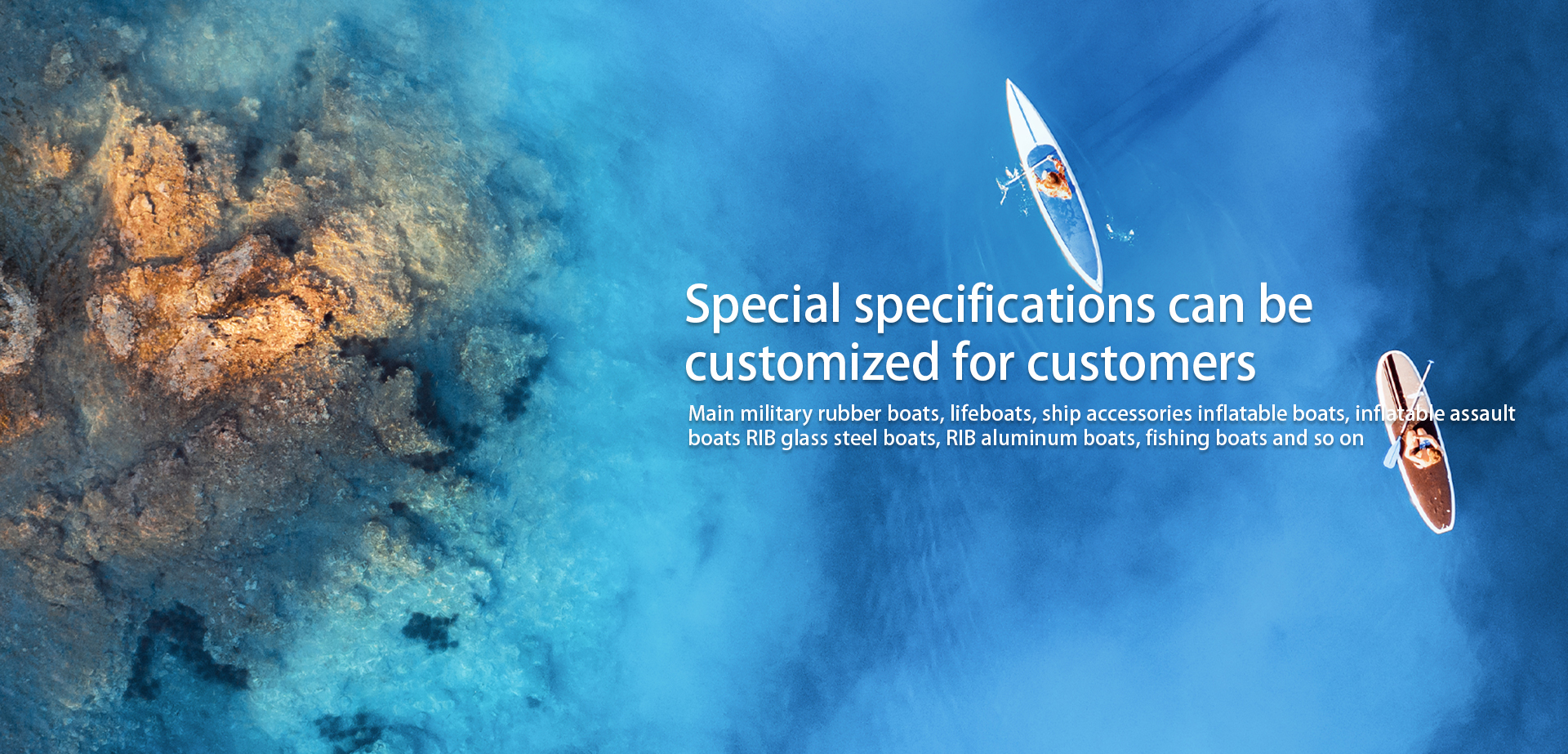Life jacket and buoyancy apparatus
2017-03-09 From: WEIHAI PACIFIC MARINE CO.,LTD Browsing times:669
There are two main categories of personal flotation devices (PFDS), namely life buoyancy devices and life jackets. Using the right personal flotation device can save lives.
Wear a life jacket or carry a life buoy when going out to sea. Unless you're pretty sure you don't.
You can make this decision based on factors such as weather conditions, the type of activity you are participating in, your level of experience, etc. If you are a beginner or relatively inexperienced, these judgments are often not easy to make, so if this is the case, wear it all the time.
A personal flotation device should be worn at all times when:
· If you cannot swim, there is any possibility of entering the water
· When the captain deems it necessary
· When abandoning ship
If you feel like you want to wear one, or you're not entirely sure if you want to wear one
Choosing the right personal flotation device is crucial, as is matching the activity being performed.
What is the difference between a life buoy and a life jacket?
A lifebuoy is just that -- something that helps you float, usually at your fingertips when you need help.
The assumption is that the user has the ability to swim to some extent to help him get there or, if rescue is needed, to keep himself afloat until help arrives.
Buoyancy equipment is suitable for private watercraft (PWC), dinghies, windsurfing, and activities where there is a normal risk of participants falling into the water.
Life jacket for high performance requirements. It allows the unconscious person to flip into a position, and the wearer does not need to do any subsequent actions to maintain this position.
You need to consider whether an automatic or manual inflatable life jacket with a splash mask, life jacket light and whistle is appropriate for your current sailing activity. Ideally, you should buy a life jacket with straps; This will prevent the life jacket from coming off the top of your head. You should also consider life jackets with dye markers or personal locator beacons to help with positioning, as well as D-rings for attaching the harness that holds you in the initial slip position.
The life jacket is suitable for boats with open cabins (such as power boats or rubber boats), and when driving the yacht back to shore in small boats, on sailboats or power yachts, and any occasions where you do not want to stick to water.
Life jackets come in different styles and models. If possible, test your life jacket in a controlled environment to see if it works for you.
Buoyancy class
In addition to choosing between life jackets and floats, the level of buoyancy required should also be taken into account.
Buoyancy levels are different for buoyancy devices and life jackets. The buoyancy level should be considered and the choice should be made accordingly. There are four main buoyancy levels: 50, 100, 150 and 275.
Overall, the number of lifejackets within reach when assistance is needed is level 50, while the general purpose life jacket for offshore sailing or power boats is level 150.
The Buoyancy Rating Information sheet includes more detailed buoyancy rating information, as well as a classification of personal flotation devices.
Infants and children should choose a special life jacket suitable for them.
Remember, inflatable life jackets and floats are useless if they don't work. Check and maintain regularly according to manufacturer's instructions.



